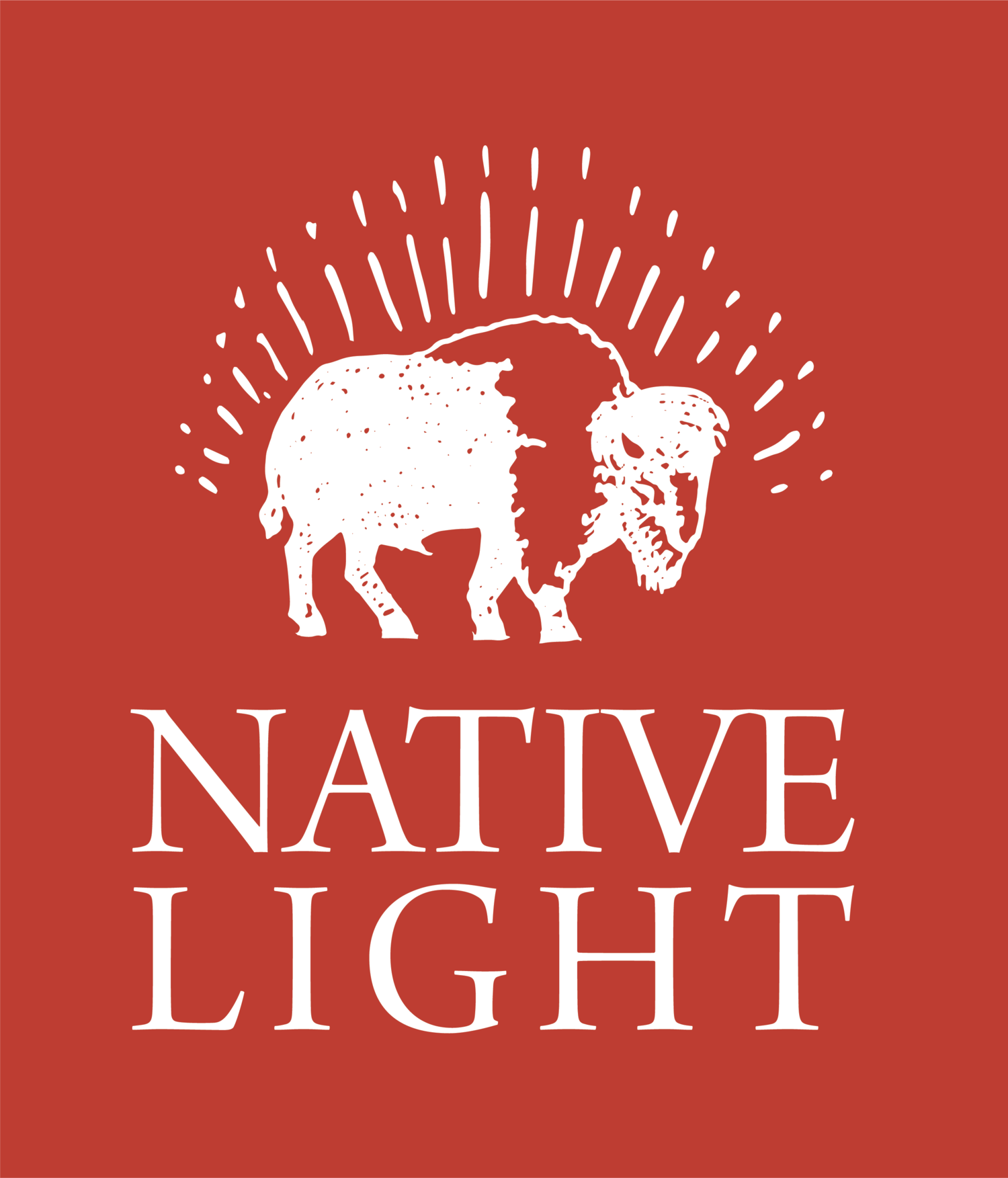Making Pictures
Wahinkpe Wakan with War Bonnet, Lakota (Jayme)
Photograph by Craig Varjabedian for the Native Light Photo Collaboration
CONNECTING
In order to make what I believe is a successful portrait, it is necessary to connect in some way with the person being photographed. Trust must be established and this takes time. I genuinely and deeply care about the people I photograph and believe that comes across during our early interaction. We talk and share stories and discover common ground. Through getting to know each other, we eventually connect and trust and respect is established.
I believe everyone has a good story and for those who choose to share it, oftentimes it informs the picture I make. I want the resulting image to reveal a deeper sense of the person in front of the camera. The portrait can then take on a higher state of meaning, a more profound sense of being; an image that can hopefully touch others on a deeper emotional level.
GEAR
The pictures I am making for the Native Light project are made with a full-frame Nikon digital camera. Currently I use a Nikon D850 DSLR with Nikkor 24-70mm f/2.8, Nikkor 105mm f/1.4, or Nikkor 200mm f/2.0 lenses. I think adding a few words about the choice of Nikon cameras is of some value here. I have been using Nikon equipment since the early 1970’s and have come to truly love what I see in the photographs I make with their gear. It’s in the color and the contrast and the sharpness and the way a Nikon lens will describe and render space in a photograph. It is a magical confluence of contrast, sharpness, chromatic aberration and an “indescribable something else” that all come together to give an image life. I like the Nikon look and it works well for me. And creating art is, in part, about the choices of tools and materials that help the artist achieve the intended expression.
With the camera I typically use a Really Right Stuff Versa TVC-34L tripod with an Arca-Swiss d4 Geared Head, both really well made. For carrying my camera I love the beauty, simplicity and straightforwardness—the zen-like quality really—of the Gura Gear Kiboko V2.0 22L backpack.
I frequently shoot against a hand-painted grey backdrop reminiscent of ones that photographer Irving Penn used years ago. The texture is raw yet painterly and supports the authentic feeling I want the pictures to have. Too the backdrop does a terrific job of focusing the viewer’s attention on the subject by eliminating what could be a distracting background. I decided on the neutral grey because I knew it would beautifully present the color of the regalia that subjects might be wearing.
Conceptually I have always been driven in my photography to present my subjects in the most simplest way. A backdrop and light from massive windows in an old power plant studio we use, with a couple of reflectors for fill, is my preferred method of working. However when the natural light is not cooperating or not available, I use an Elinchrom ELB 1200 battery powered strobe with a couple of flash heads, Rotalux softboxes and some reflectors to create the light I’m looking for.
Photographing Wahinkpe Wakan with War Bonnet in the studio
Photograph by Sarah M. McIntyre
COLLABORATING
The process of creating an authentic photograph is a collaborative one. Participants come to be photographed with a variety of objects, clothing, and regalia – each item bearing with it a history and deep personal significance. Oftentimes, it is what the participants are wearing, and how they want to present themselves, that suggests what additional objects can be added to a possible photograph. I ask people to bring items of deep meaning that are appropriate to what they are wearing and also important and significant to them. The process of collaborating makes possible a resulting image that is true to the person being photographed.
Most participants are presented in precious regalia and ceremonial attire while others are pictured in traditional regalia, adorned with ornate turquoise jewelry. Some wear a delicate display of feathers in their hair while others exhibit a striking bustle of feathers and fringe that extend outward into space. Several accessorize with beaded shell necklaces and leather moccasins whereas a handful opt to drape themselves in the comfort of a wool blanket and animal pelts. When you take a closer look at the objects you will find layers of meaning and symbolism – ornamental shells and animal motifs, vibrant patterns, geometric shapes, and intricate beadwork.
Tanysha and the Photographer Craig Varjabedian, New Mexico
It should come as no surprise that many items of clothing, accessories, and ceremonial objects are deeply rooted in meaning and family heritage. They are signifiers of tribal representation, ancestry, and spirit. They are symbols of time, identity, and personal narrative. They are embodiments of individuality and self-presentation. For many, the hand-made regalia is passed down from generation to generation, making its way through the hands of ancestors, grandparents, and family members.
This piece originally appeared in The Phoblographer.



